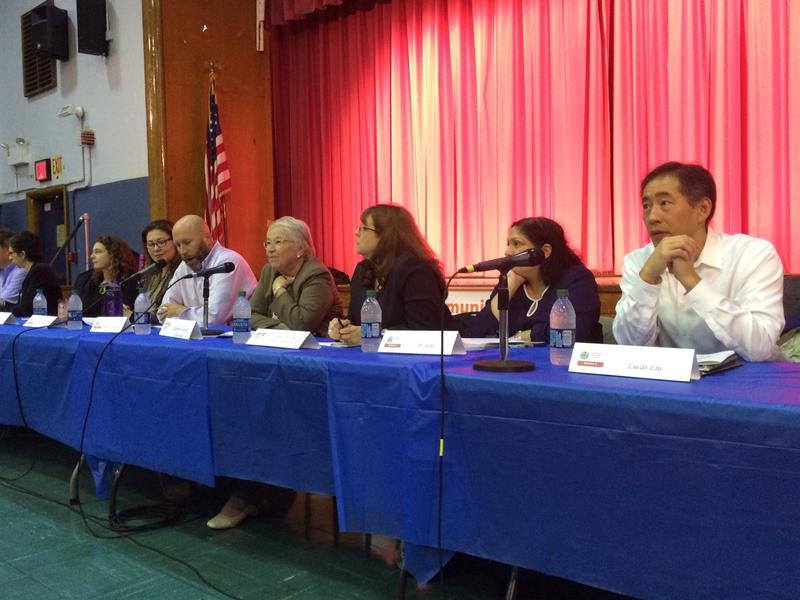
When talking about diversity in the New York City schools, Chancellor Carmen Fariña said she first asks people what they mean by "diversity" to begin with.
"I believe that diversity has many faces," she said at a town hall meeting Wednesday night on the Upper West Side. "Diversity is not just about ethnicity."
To the chancellor, discussions of diversity must include students with disabilities, English language learners and students of varying economic backgrounds.
She acknowledged that diversity was important to her as a parent when looking at schools, and she said that she believed schools were richer for having diversity. And, to achieve the benefits of diversity, the whole school community had to accept it.
"It has to be a belief system that everyone has in that building," Fariña said.
Some of the parents attending the town hall, held at P.S. 191 Amsterdam, said they wanted to hear the schools chancellor address the related issue of racial segregation in the New York City schools.
Carolina Guillermo, a parent of a second-grader at P.S. 199 Jesse Isador Straus, asked: "What is the New York City Department of Education doing to reverse segregation not only in this school, but in the schools in New York City?"
Fariña did not offer a plan of action in response. She acknowledged the problem, however, and some of its sources -- like housing segregation and the fact that parents, in the end, make the choice of where to send their children to school.
"It’s not an easy answer, but none of this was done on purpose," she said. "It will never continue to be done on purpose.”
The town hall came at a time that the city was proposing to redraw the school zones for P.S. 199, a predominantly white school, and P.S. 191, a school that is nearly 90 percent black and Latino.
A similar proposal is on the table in Brooklyn's District 13, involving P.S. 8 in Brooklyn Heights and P.S. 307 in Vinegar Hill. P.S. 8 has a majority white students, while P.S. 307 is about 90 percent black and Latino. The proposal would shift mostly white families from Dumbo to the P.S. 307 zone.
Both proposals were spurred by school overcrowding. But to parents like Guillermo, there was another, related and pressing issue that the city must acknowledge.
"It is not about diversity," she said. "It is about segregation. We are segregated, and that's not good."
